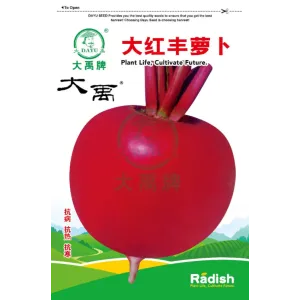The difference between quartz glass and ordinary glass and its properties
With the rapid development of society, there are more and more types of glass, which can meet the different needs of different occasions. By adjusting the material and process of making glass, manufacturers can make the properties of the glass material change greatly, making it more stable and durable. The main component of most ordinary glass is sodium silicate and other substances, but the composition of some glass is different from ordinary glass. Quartz glass is one of them. This article will introduce the difference between quartz glass and ordinary glass and the difference between quartz glass and quartz glass. performance.
The difference between quartz and glass
Quartz crystal, glass is amorphous.
1. The main components of ordinary glass are sodium silicate, silicon dioxide and calcium silicate, while the main component of quartz glass is silicon dioxide, different.
2. The content of silica is different. Quartz glass is made of pure silica, with a content of more than 99%. The content of silica in ordinary glass is generally 70%-75%, and the other components are alkalis such as sodium oxide and calcium oxide. Metals or alkaline earth metals are used to reduce melting temperature and improve material properties.
3. Quartz is a mineral composed of silicon dioxide, with the chemical formula SiO2. Pure quartz is colorless and transparent. It has various colors due to the presence of trace pigment ions or finely dispersed inclusions, or the existence of color centers, which reduces the transparency. With glass Glossy, the fracture is oily luster. Hardness 7, no cleavage, conchoidal fracture. Specific gravity 2.65. Piezoelectric.
Expansion information:
Quartz is one of the widely distributed minerals on the earth's surface. There are many types of quartz. The daily ceramic raw materials used are veined quartz plate, quartz sand, quartzite, sandstone, silica, opal, diatomite, etc. It is similar to ordinary sand and crystal. It is a substance that "was born from the same mother's womb".
The simple classification of glass is mainly divided into flat glass and deep-processed glass. Flat glass is mainly divided into three types: namely, flat glass (with groove and without groove), flat glass and float glass. Due to the float method Glass has a uniform thickness, flat and parallel upper and lower surfaces, coupled with factors such as high labor productivity and management, float glass is becoming the mainstream of glass manufacturing methods.
Second, the performance of quartz glass
Quartz glass is an acidic material. Except for hydrofluoric acid and hot phosphoric acid, it is inert to any other acid and is a better acid-resistant material. At room temperature, the corrosion degree of alkali and salt to quartz glass is also small, so it is not Exclude the use of quartz glass in these reagents.
Transparent quartz glass sheet has better chemical stability than opaque quartz glass because of the increased surface area of the latter exposed to the corrosive solution due to the presence of air bubbles.
Quartz glass has high dielectric strength and low conductivity, that is, at high temperature, high pressure and high frequency, it can still maintain high dielectric strength and resistance, and there is almost no dielectric loss in the applied frequency band , so quartz glass is an excellent high temperature dielectric insulating material.
Quartz glass has its unique optical properties. It can transmit far-ultraviolet spectrum, which is the best of all ultraviolet-transmitting materials, and can transmit visible light and near-infrared spectrum. Users can choose from 185-3500mμ waveband according to their needs. The desired variety can be selected arbitrarily. Because quartz glass has high temperature resistance, small thermal expansion coefficient, good chemical thermal stability, bubbles, stripes, uniformity, and birefringence, it is comparable to general optical glass, so it is suitable for various harsh occasions. An essential optical material for working with highly stable optical systems.
The thermal expansion coefficient of quartz glass is small, which is 5.5*10-7/℃, which is only 1/12~1/20 of that of ordinary glass. The standard stipulates that the sample should be burned to 1200℃ and then quickly thrown into cold water, repeated more than three times without It is allowed to burst. Quartz glass can also be made into a material with zero expansion coefficient after adding an appropriate amount of titanium, which has been used in laser technology, astronomy and advanced technology.
Learn more about quartz glass properties


